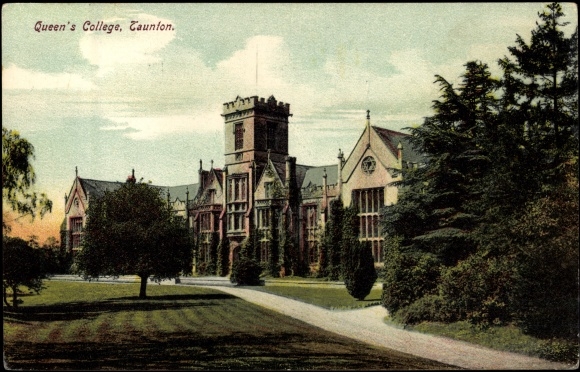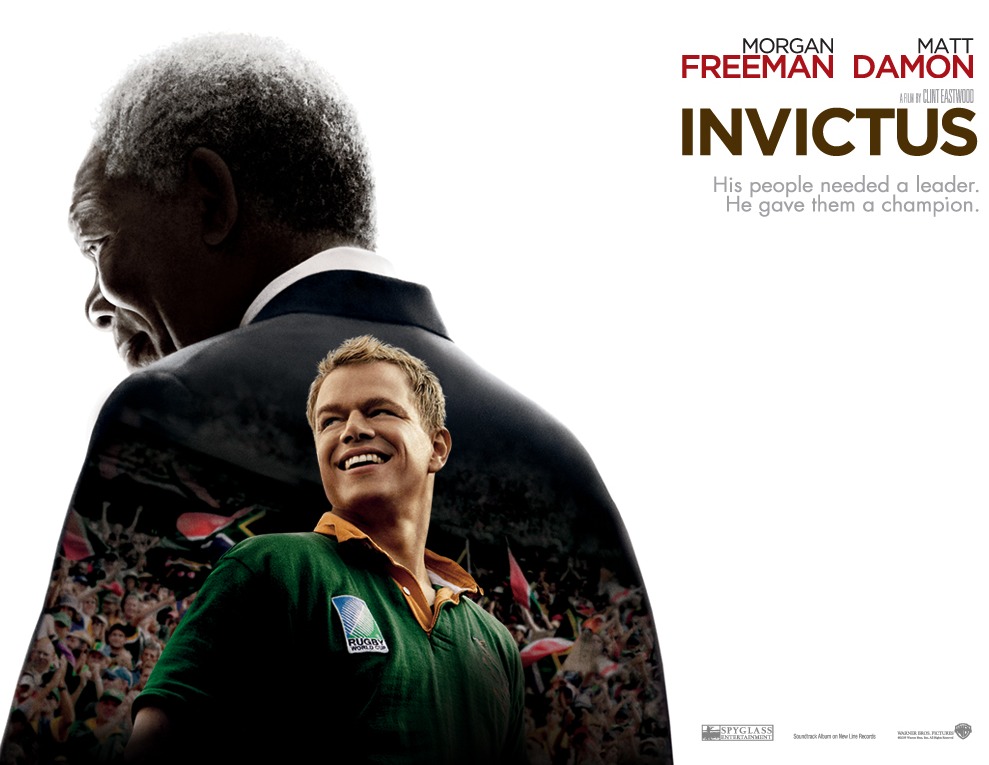
The football skills of Richard W. Msimang, a prominent early member of the now 100-year-old African National Congress in South Africa, were reportedly as sharp as his legal mind and political acumen. Last year on this blog I posted a portion of an article published in a 1913 issue of the ANC’s newspaper Abantu Batho (given to me by Peter Limb) that provided a glimpse into Msimang’s sporting past as a student in South Africa and Britain.
Born in Edendale, a freehold black area on the outskirts of Pietermaritzburg, KwaZulu-Natal, a community with a well-deserved reputation for defiance of colonial authority, Richard and his brothers Selby and Herbert grew up refusing to be black servants of white masters. Sport, formal education, and political activism channeled the enlightened self-interest of the Msimangs much like they informed the 20th-century South African struggle for political and cultural empowerment. Thanks to the kindness and generosity of Geoff Bisson (Queen’s College, Taunton), Brian Willan (Rhodes University), and once again Peter Limb, I can now share additional evidence of Richard Msimang’s prowess on the football and rugby pitch.
 The revealing passage below focuses on Msimang’s time at Queen’s College, Taunton (see postcard), a boarding school in the West of England. In his book History of Queen’s College, Taunton (Taunton, England: Old Queenians’ Association, 1957; p. 157), H. J. Channon writes:
The revealing passage below focuses on Msimang’s time at Queen’s College, Taunton (see postcard), a boarding school in the West of England. In his book History of Queen’s College, Taunton (Taunton, England: Old Queenians’ Association, 1957; p. 157), H. J. Channon writes:
On a cold, wet afternoon in November, 1904, a few of us were practising shooting at goal on the Lower. We noticed a dark figure, in a bowler hat and a heavy black overcoat, standing on the terrace watching us. It was the first day at Queen’s of a Zulu, R. W. ‘Msimang. He passed through the gap on to the field. The soccer ball was thrown to him, and he could not resist the temptation of racing towards it. Unfortunately for him the ball stopped just in front of a deep pool. Through the water ‘Oomsi dashed, slipped and sat down, with his bowler floating away from him. We took him up to the Linen Room for a complete change of clothes. His charming smile we saw for the first time it never seemed to desert him. In his own country he had played a lot of soccer, but on the hard grounds he had never worn boots. It was not long before he was in the first XI, and at first when the ground was hard he dispensed, with football boots. I can see him now dashing down the left wing to the corner flag and middling the ball with perfect accuracy. After several years he was articled to a Taunton solicitor, but continued to live at the school. He took up rugby, and became the most popular player Taunton has ever had. The crowd loved to see him emerge with a smile from the bottom of a heap of forwards. He was a brilliant scrum-half [fly half according to Willan], tough and with a swerve that made it difficult to bring him down. So popular was he, that sometimes he had to leave the ground by a back exit to avoid the crowd. After he had passed his final law examination he returned to South Africa, where he became a State Attorney under the Transvaal Government.
Tag: rugby
South African Sport, Hollywood-style

I just watched Clint Eastwood’s new film on South Africa’s victory in the 1995 rugby World Cup, one year after the country’s first democratic elections. Invictus (the title comes from an inspirational Victorian poem) stars Matt Damon as François Pienaar, captain of the Springboks, and Morgan Freeman as Nelson Mandela. Based on John Carlin’s book Playing the Enemy, it’s pretty good for a sports movie, a genre not usually associated with great cinematography.
The basics: thanks to Mandela’s stewardship, an all-white team (with one exception) goes from representing a sport synonymous with white supremacy to embodying the seemingly boundless potential of the postapartheid “rainbow nation.” There are some good moments. Like the team’s surprise visit to Robben Island prison, where the apartheid regime imprisoned Mandela and many other black activists during the country’s struggle for freedom. Props to Damon’s rugby moves, which are almost as good as his Afrikaans-inflected English, and to Freeman for closely matching Madiba’s physical movements and cadence. I enjoyed some of the sporting action as well, particularly the camera shots from inside the scrums.
Regrettably, sentimentality and cheesy music weaken the film. The lack of historical context and the refusal to develop any of the film’s characters (except Madiba) are also striking. We never get to know where the players come from, what their lives are like, and what happens to them after The Game. Same goes for the black and white bodyguards — a constituency usually at center stage only in movies such as In The Line of Fire and its ilk. While the final scenes project the fiction that 1995 transformed rugby from a white-dominated sport to a fully integrated one, the truth is much less uplifting. But then again, this is Hollywood history.